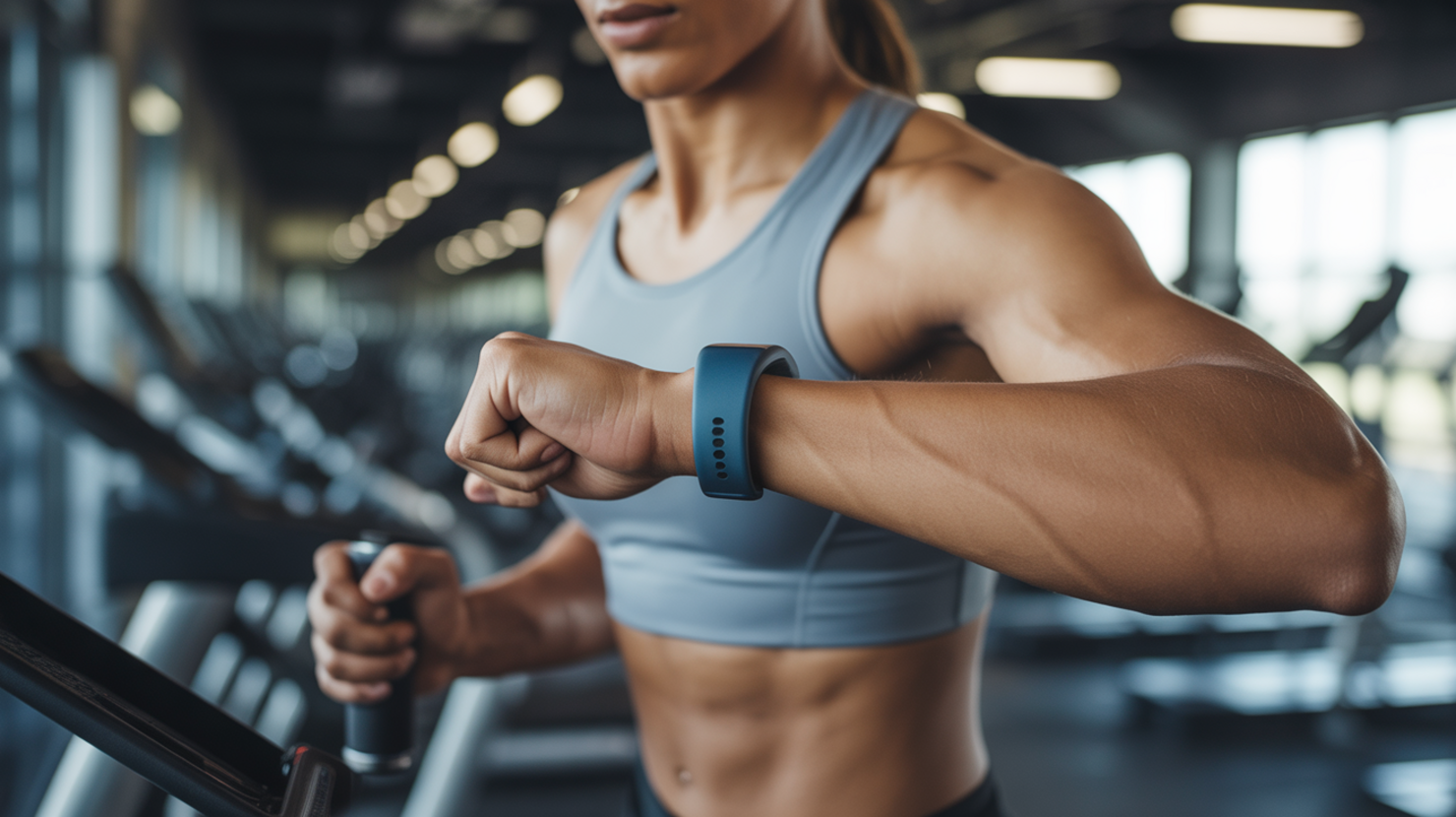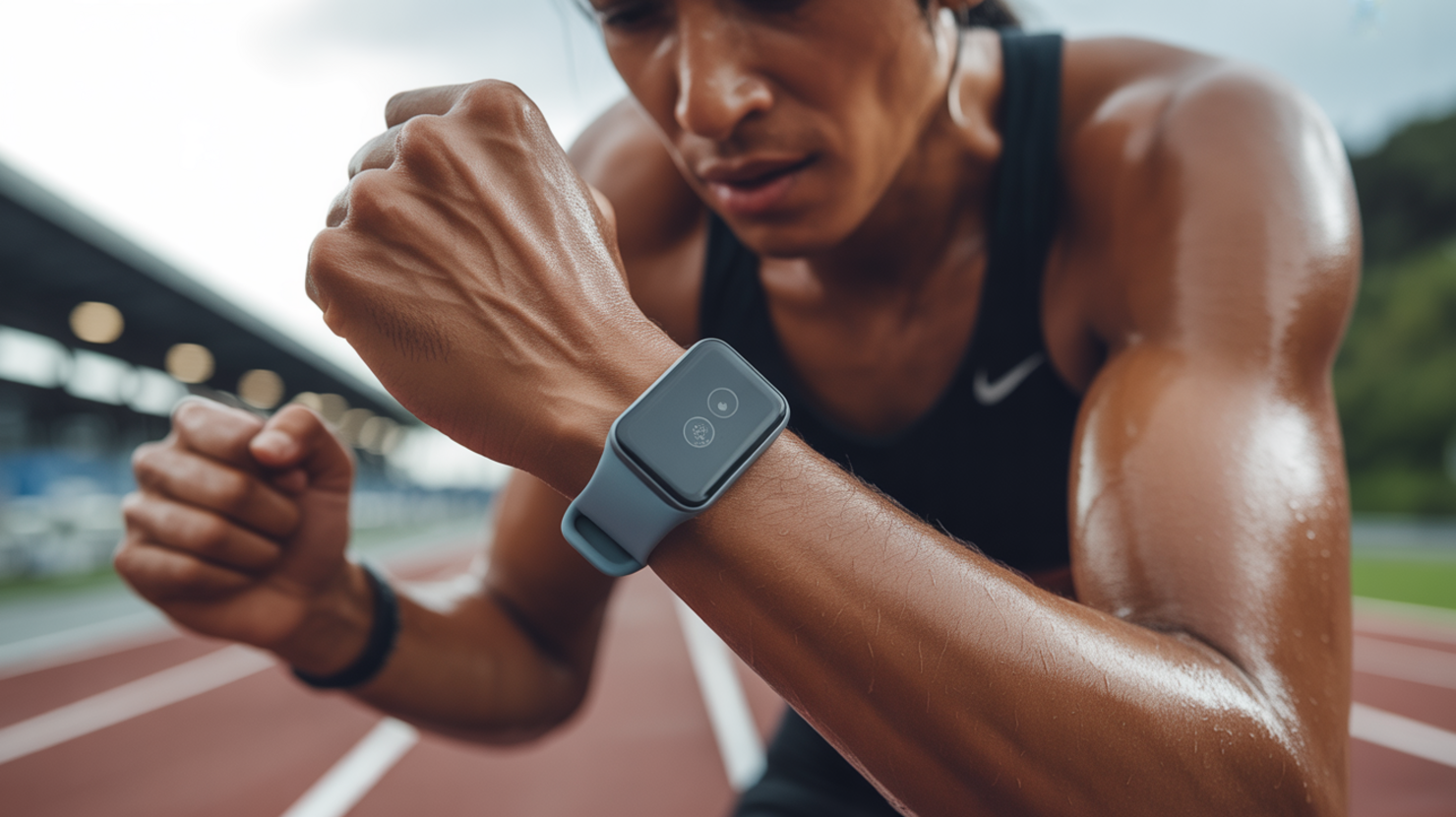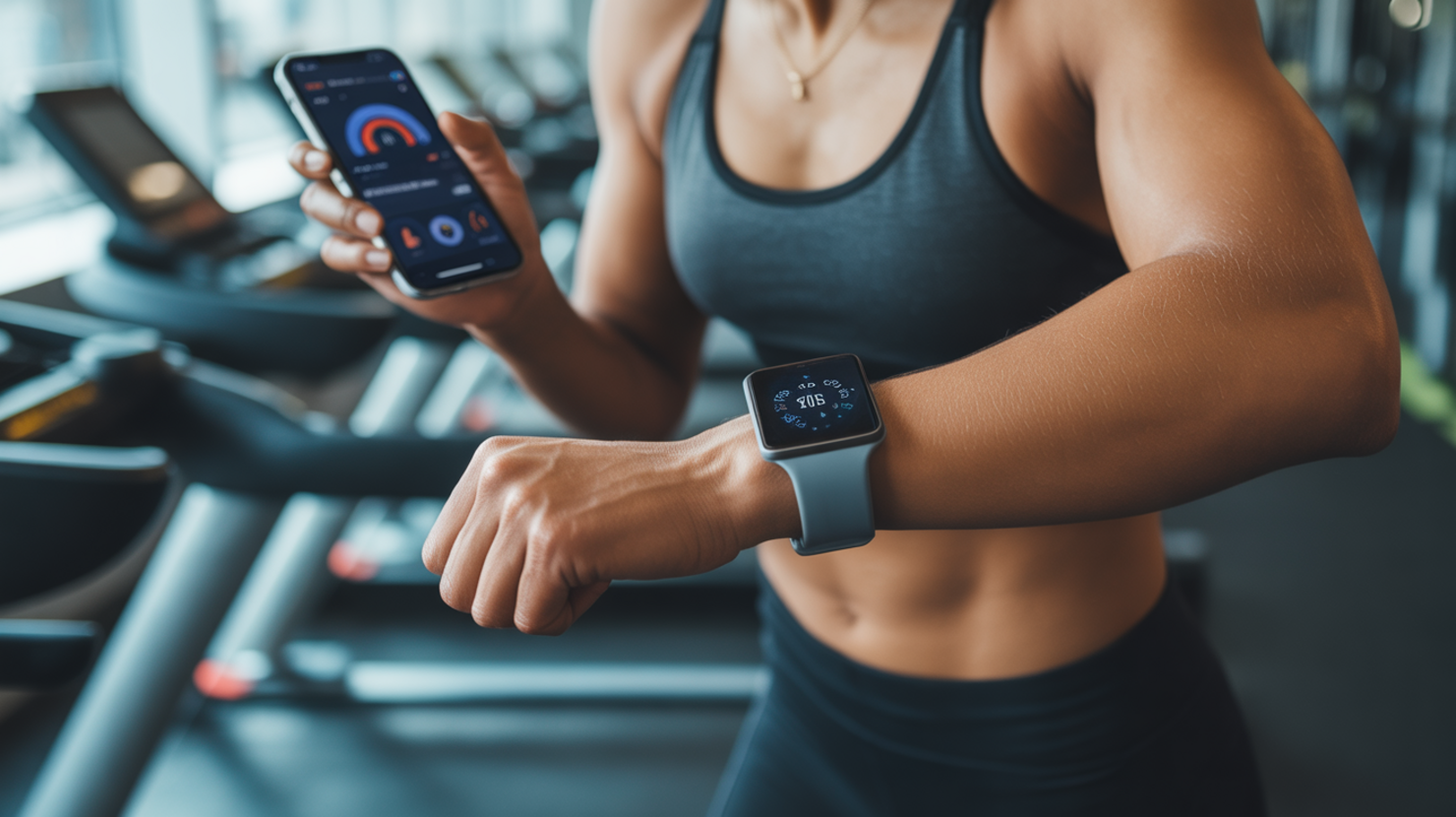Hong Kong’s dynamic urban environment presents unique challenges and considerations when it comes to achieving optimal body composition goals. The fast-paced lifestyle, characterized by long working hours and often limited opportunities for structured physical activity beyond commuting, significantly influences individuals’ muscle-fat ratios. Unlike regions with more leisure time or access to expansive outdoor spaces, the urban hustle here means many residents spend considerable time sedentary or engaging in low-intensity movement. This reality makes the need for precise tracking and understanding of how daily life impacts one’s physique critically important. Simply tracking steps isn’t enough; monitoring changes in muscle mass versus fat storage becomes paramount to counteract the effects of this high-density living.
Adding to the complexity are the unique local dietary habits. Hong Kong boasts an incredible culinary scene, offering everything from traditional dim sum to diverse international cuisines. While delicious, these diets can sometimes be high in calories, specific macronutrients, or processed ingredients, depending on choices. Understanding how these specific eating patterns influence an individual’s body composition requires more nuanced tracking than a generic calorie counter might offer. Individuals need to be aware of the nutrient breakdown of common local foods and how these contribute to their overall intake relative to their goals. This necessitates fitness trackers that can either accommodate manual, detailed food logging or integrate with apps sensitive to Asian food databases, enabling users to make informed dietary adjustments.
Finally, the reality of compact living spaces in Hong Kong further heightens the demand for precision in fitness tracking. With limited room for home gyms or extensive exercise equipment, many residents rely on activities like walking, using public parks, or attending smaller, specialized studios. This environment makes tracking minute changes and metabolic responses crucial. Users need data that goes beyond just calories burned or distance covered; they require insights into how their body is adapting, its hydration status, and recovery levels, even from less intense activities. The ability to accurately monitor progress towards improving muscle-fat ratios without relying on large spaces or equipment underscores the critical need for highly personalized and precise fitness tracking solutions tailored to the Hong Kong context.
Limitations of Generic Fitness Trackers 📉
While fitness trackers have become ubiquitous tools for monitoring activity, they often fall short when it comes to precise body composition goals, especially for specific demographics and lifestyles like those in Hong Kong. Many off-the-shelf devices are built on algorithms derived from broad population data, which can lead to misaligned metrics. These standard models might not accurately reflect the unique physiological characteristics or metabolic rates often found in Asian body types, potentially providing data that isn’t truly relevant to an individual’s specific needs for gaining muscle or losing fat.
Furthermore, a significant limitation of many generic trackers is their overemphasis on steps vs. muscle gain. They excel at counting steps or estimating calorie burn during cardio activities, but they often provide little insight or accurate tracking for strength training. For individuals focused on body recomposition – shifting the fat-to-muscle ratio – tracking resistance workouts, volume, and progressive overload is crucial. A device that primarily focuses on cardio metrics misses a huge piece of the puzzle, making it difficult for users to correlate their training efforts with their body composition changes accurately.
Beyond workout metrics, generic trackers frequently neglect other vital components of body composition and overall health: hydration and recovery tracking. Proper hydration is essential for metabolic processes, muscle function, and even appetite regulation. Recovery, including sleep quality and duration, is paramount for muscle repair and growth. Trackers that don’t offer meaningful ways to monitor these aspects provide an incomplete picture of health and hinder the user’s ability to make informed decisions that support body composition goals. Without these insights, optimizing nutrition and rest becomes guesswork.
These limitations highlight why a one-size-fits-all approach to fitness tracking isn’t effective for everyone. Individuals seeking to specifically target body fat reduction and muscle growth require tools that go beyond basic activity counting and can offer more nuanced data relevant to their goals and physiological context. Understanding these shortcomings is the first step towards seeking more personalized tracking solutions.
Personalization Strategies That Work ✅
Achieving specific body composition goals – think building muscle and reducing body fat – requires more than just tracking steps. Generic fitness tracker data, while useful for overall activity, often falls short when aiming for nuanced changes in muscle-fat ratios. True progress, especially in dynamic environments like Hong Kong, hinges on personalization. This means taking the standard data your wearable provides and layering it with specific strategies tailored to your body, your environment, and your goals.
One crucial area for customization is calibrating your protein intake relative to your workout intensity. Simply logging a workout isn’t enough; your body’s need for protein recovery varies significantly based on whether you did light cardio or heavy strength training. Effective personalization involves understanding this relationship and adjusting your nutritional strategy accordingly. Your tracker can tell you you worked out, but you need to ensure your protein consumption supports the desired muscle growth or retention, often requiring manual food logging or careful interpretation of data alongside your diet.
Integrating highly accurate baseline data, such as that from a DEXA scan, can revolutionize how you use your wearable. Dual-energy X-ray absorptiometry provides precise measurements of body fat percentage and lean muscle mass, offering a far more reliable starting point than bioelectrical impedance estimates often found in consumer devices. By knowing your true body composition via a DEXA scan (find more information on this gold standard method at reputable health sites like Mayo Clinic), you can set more realistic and informed goals on your tracker and better interpret the daily fluctuations it reports, understanding what is true change versus measurement variability.
Furthermore, environmental factors play a significant role. Adapting your tracking and goals to Hong Kong’s humidity is essential. High humidity affects sweat rates, perceived exertion, and hydration levels, all of which impact performance and recovery. A tracker might provide hydration reminders or calorie burn estimates, but these need to be viewed through the lens of the local climate. You might need to consciously increase water intake beyond tracker prompts on particularly humid days or adjust how you interpret calorie expenditure during sweaty, lower-intensity activities. Accounting for humidity ensures your personalized strategy remains effective despite external challenges.
Ultimately, successful body composition tracking isn’t just about wearing a device; it’s about actively using its data, calibrating it with precise measurements, and adapting your interpretation based on personal and environmental factors. This level of active personalization is key to translating raw numbers into meaningful progress towards your fitness goals.
Case Study: Office Worker Transformations 🧑💻➡️🏋️♀️
Transforming body composition while navigating the demanding lifestyle of an office worker in a dense city like Hong Kong presents unique challenges. Generic fitness plans often fall short. This section delves into a case study illustrating how strategic, personalized use of a fitness tracker enabled significant changes over a 12-week period for a sedentary office professional.
The journey began with integrating the fitness tracker seamlessly into a busy schedule. This wasn’t just about wearing the device; it was about leveraging its capabilities to understand daily habits and set achievable goals. The first step was a 12-week desk-to-fitness tracker integration, where the tracker became a constant companion, logging activity, sleep patterns, and general movement throughout the workday and commute. This initial phase focused on building awareness and consistency before introducing more intense training.
A key element was incorporating customized resistance band workout tracking. Resistance bands are incredibly versatile and require minimal space, making them ideal for home or even office-adjacent workouts during breaks. The fitness tracker was configured to log these specific exercises, focusing not just on duration but also allowing for manual input of sets and reps where possible, providing a clearer picture of the workload. This allowed the user to track progress in terms of strength endurance and time under tension, critical metrics for muscle gain and body recomposition.
Furthermore, navigating nutrition during a packed workday was tackled through lunch-hour meal logging hacks. Instead of lengthy manual entries, the user utilized quick photo logging features available in many tracker apps or companion software. Estimating portion sizes accurately became a learned skill, and preparing meals or snacks in advance simplified the logging process. This focus on tracking mid-day intake was crucial, as lunch often represents a significant portion of daily calories and macronutrients that could impact body composition goals. These hacks ensured nutritional accountability even amidst time constraints.
By combining consistent tracker integration, targeted resistance band training tracked effectively, and practical meal logging strategies, this office worker demonstrated that significant body composition improvements are possible within the constraints of a demanding urban lifestyle. The key was personalization and disciplined utilization of the fitness tracker’s features to support specific goals, moving beyond mere step counting to a holistic approach.
Tech Stack for Localized Tracking 📊
Achieving specific body composition goals – think reducing body fat while building muscle – requires more than just tracking steps. Especially in a dynamic urban environment like Hong Kong, precision tracking demands a sophisticated, connected ecosystem of devices and software. This “tech stack” goes beyond generic fitness monitoring to offer insights tailored to local realities and individual objectives.
A localized tech stack for body composition tracking in Hong Kong typically involves several key components working in synergy:
- Blending smart scales with wearable data: While your fitness tracker excels at monitoring daily activity, heart rate, and sleep patterns, it often provides only estimates of body composition. Smart scales, however, use bioelectrical impedance analysis (BIA) to measure metrics like body fat percentage, muscle mass, bone density, and hydration levels. Integrating the detailed body composition data from a smart scale with the activity and recovery data from your wearable provides a far more comprehensive picture of your body’s response to training and nutrition. This combined dataset is crucial for accurately tracking progress towards specific muscle gain or fat loss targets.
- API integrations with Hong Kong gym networks: Many fitness apps and wearable platforms offer Application Programming Interface (API) access, allowing them to connect with other services. For users in Hong Kong, integrating tracker data directly with local gym memberships or specific gym networks can be incredibly valuable. This might mean automatically logging attendance, syncing workout plans provided by trainers, or even linking data to specific equipment tracking systems within the gym. This level of integration makes tracking workouts performed in a local setting seamless and helps contextualize your overall activity data within your structured training regime.
- Cantonese-language goal-setting interfaces: True localization goes beyond just translating app menus. For users in Hong Kong, having goal-setting interfaces and tracking metrics presented in Cantonese, using culturally relevant terms and potentially even referencing local food items or activities, significantly enhances user engagement and understanding. An interface that feels familiar and speaks your language (literally and figuratively) makes it easier to set realistic goals, log accurate data, and stay motivated on your body recomposition journey.
By combining these elements – precise body composition data from smart scales, real-world workout context via gym integrations, and culturally resonant interfaces – users can build a powerful, localized tech stack. This integrated approach provides the detailed, actionable insights necessary to effectively pursue complex body composition goals in the unique setting of Hong Kong.
Overcoming Density-Driven Challenges 🏙️
Living in a high-density city like Hong Kong presents unique challenges for fitness and body composition goals. Cramped living spaces, lengthy commutes on public transport like the MTR, and limited access to gyms or outdoor areas can make traditional workout and tracking methods difficult. However, with strategic customization, fitness trackers can become powerful allies in navigating these urban obstacles.
One significant hurdle is achieving body recomposition—simultaneously building muscle and losing fat—within the confines of a small apartment. Standard fitness tracker alerts might focus on step counts or general calorie burn, but tailored apartment-friendly body recomposition alerts can be incredibly beneficial. Imagine prompts that remind you to perform a set of bodyweight squats during a TV commercial break or suggest a quick resistance band circuit based on your caloric intake for the day. These alerts leverage micro-workouts that are perfectly suited to limited space, helping you stay consistent with your muscle-building efforts without needing a dedicated home gym.
Another often-overlooked aspect is the MTR commute calorie burn recalculations. While a commute might seem passive, navigating crowded stations, standing for long periods, and walking to and from stops all contribute to daily energy expenditure. Generic trackers might underestimate this. Customized tracking allows users to manually log their MTR time or even integrate with location data (with user permission) to provide more accurate estimates of non-exercise activity thermogenesis (NEAT) during the daily commute. Understanding this ‘passive’ burn can help refine overall calorie targets for better body composition results.
Finally, finding space and time for strength training can be tough. Not everyone has access to weights or machines. This is where no-equipment muscle activation tracking becomes invaluable. Advanced wearables or companion apps can guide users through bodyweight exercises like planks, push-ups, and lunges, often using accelerometer data to estimate effort or duration. Some even offer visual guides for proper form within the app. This tracking validates effort put into these crucial strength exercises, ensuring users feel their work is recognized towards their body recomposition goals, even when performed in the living room.
By adapting how we use and interpret the data from our fitness trackers, we can effectively address the specific constraints of high-density urban living, making fitness goals achievable regardless of the environment. For more ideas on urban fitness hacks, explore resources like the American Council on Exercise blog.
Next-Gen Tracker Innovations Emerging Locally ✨
The landscape of fitness technology is constantly evolving, and Hong Kong is proving to be a fertile ground for exciting new developments, particularly those tailored to specific local needs and body composition goals. These emerging innovations go beyond standard step counting, offering more nuanced and integrated approaches to tracking progress in a unique urban environment.
Several key areas are seeing promising breakthroughs:
- AI-powered wet market nutrition scanners
- 3D body mapping via smartphone LiDAR
- Cross-border fitness data synchronization
One fascinating concept emerging is the development of AI-powered nutrition scanners designed for local contexts like the city’s bustling wet markets. Imagine using your smartphone to scan ingredients, receiving instant data on estimated macronutrient content or even potential calorie counts specific to local produce and cuts of meat. This kind of technology could revolutionize how individuals track dietary intake sourced from traditional markets, providing unprecedented insight into local food consumption and its impact on body composition goals. While still in early stages, such tools could bridge the gap between global nutrition databases and specific local food sources.
Another significant innovation leverages existing smartphone technology: 3D body mapping via LiDAR. Modern high-end smartphones, like certain iPhone Pro models utilizing LiDAR scanners, can capture detailed spatial information. Applied to fitness, this means potentially performing a quick, accurate 3D scan of your body at home. This allows for precise tracking of circumference measurements and potentially even estimations of volume and body composition changes over time, offering a much more visual and tangible representation of progress than just weight or simple caliper measurements, especially valuable in compact living spaces.
Finally, with Hong Kong’s status as a global hub and its close ties to neighboring regions, cross-border fitness data synchronization is becoming increasingly relevant. For individuals who travel frequently or split their time between locations, maintaining consistent tracking can be challenging due to different service providers, gym networks, or app availabilities. Innovations in seamless, secure data synchronization across various platforms and geographical borders are crucial for ensuring continuous monitoring of body composition goals, regardless of location. This kind of integration helps users maintain momentum and insights into their fitness journey without interruption.
These localized, next-generation tracking technologies promise more personalized, accurate, and contextually relevant data, empowering individuals in Hong Kong to better understand and achieve their body composition goals.











